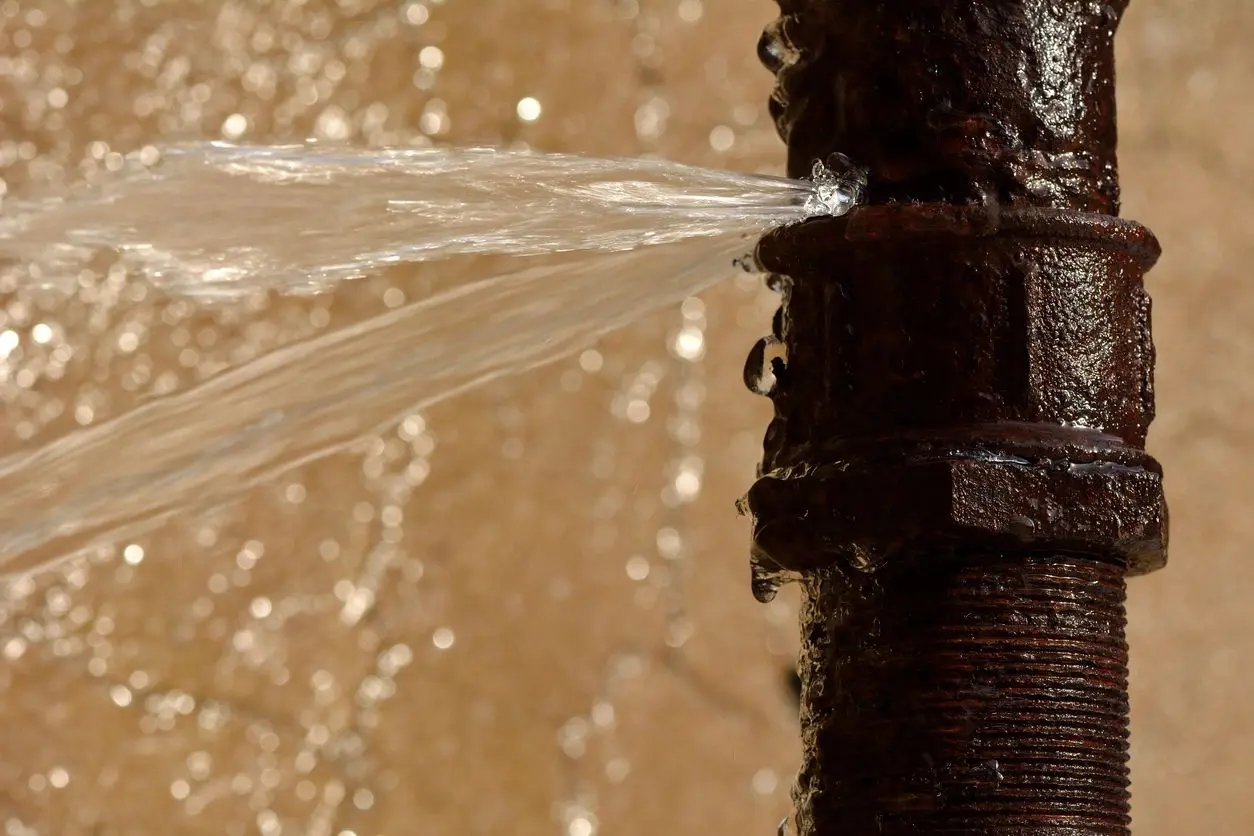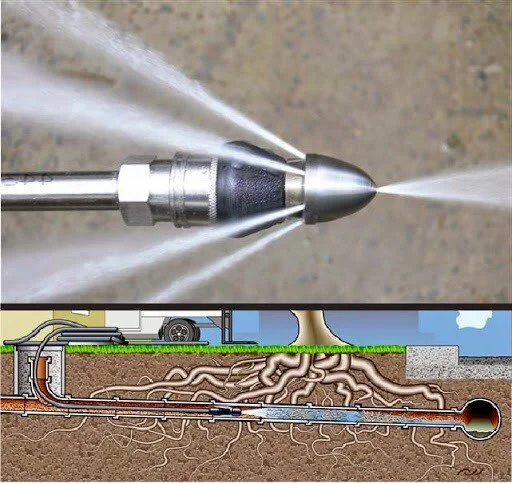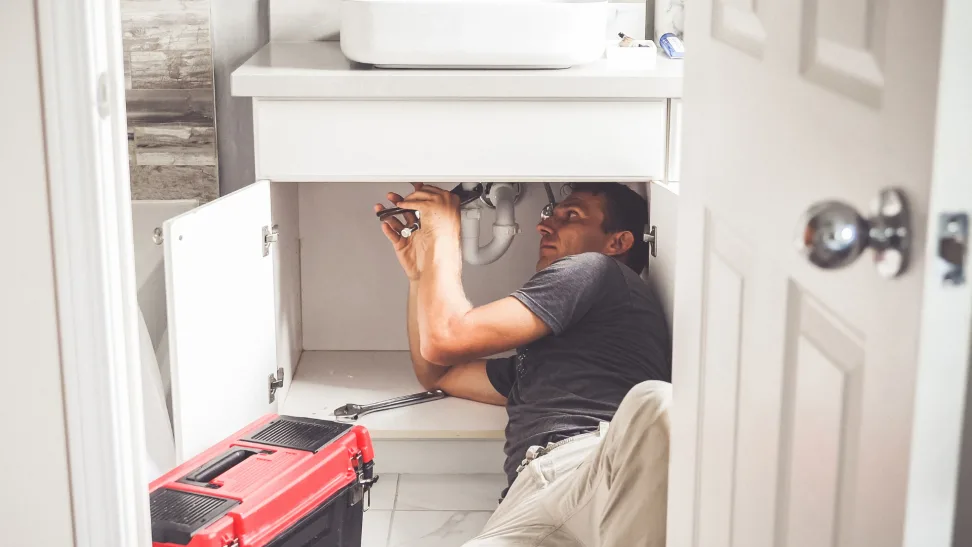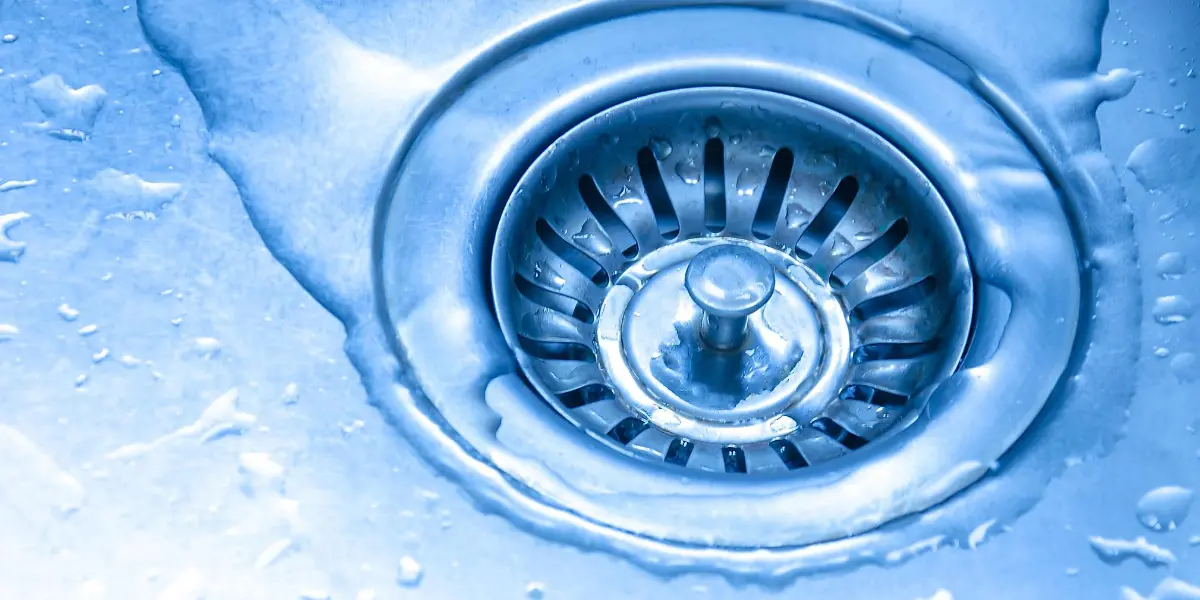10 Common Causes of Clogged Drains and How to Prevent Them
10 Common Causes of Clogged Drains and How to Prevent Them
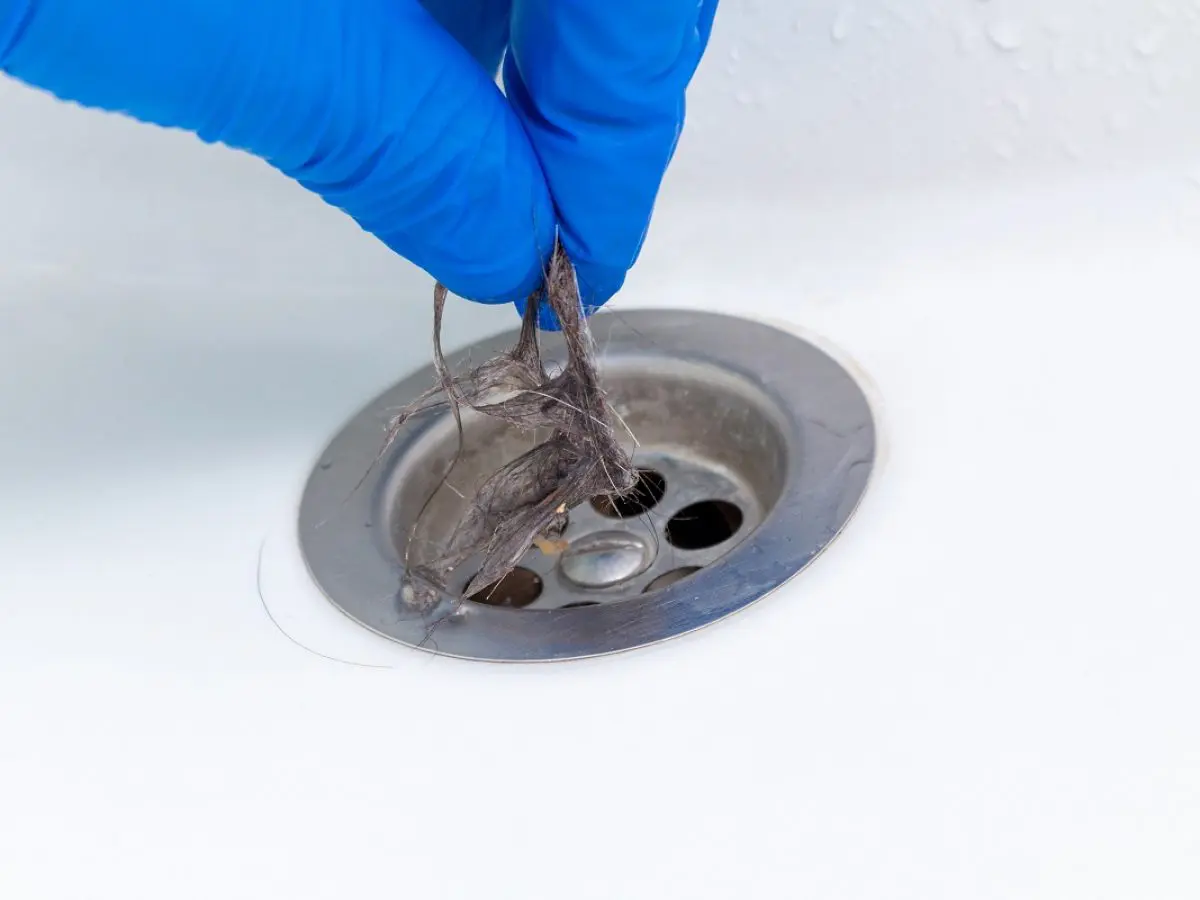
Welcome to our comprehensive guide on preventing clogged drains, a common household nuisance that can lead to inconvenient backups and costly repairs. In this article, we'll explore the top ten culprits behind clogged drains and provide practical tips to help you keep your plumbing system flowing smoothly. Let's dive in and learn how to safeguard your drains from blockages.
1. Hair Buildup: A Hairy Situation
Hair buildup is a common cause of clogged drains, particularly in showers and bathroom sinks. To prevent this, use a drain cover or trap to catch hair before it enters the pipes. Regularly clean these covers to maintain effectiveness and prevent blockages.
2. Grease Accumulation: The Sticky Culprit
Pouring grease down drains can lead to stubborn blockages as it solidifies over time. Instead, collect grease in a container, allow it to cool and solidify, then dispose of it in the trash. To prevent buildup, run hot water and dish soap down the drain regularly to help break down any residue.
3. Soap Scum: The Silent Saboteur
Soap scum can accumulate in pipes and contribute to clogs. To prevent this, use liquid soap instead of bar soap, as it produces less residue. Regularly clean drains with a mixture of vinegar and baking soda to dissolve soap scum and maintain clear pipes.
4. Mineral Buildup: Hard Water Woes
Understand how minerals in hard water can accumulate in pipes over time, leading to reduced water flow and clogged drains, and explore water softening solutions.
5. Food Particles: Kitchen Sink Nightmares
Food scraps can easily lead to clogged kitchen sinks if they are washed down the drain. Use a sink strainer to catch food particles and dispose of them in the trash. Avoid putting fibrous or starchy foods, like potato peels or celery, down the garbage disposal to prevent blockages.
6. Toiletries: Flushing Fiascos
Flushing toiletries like wipes and cotton swabs can cause clogs in toilets and drains. Dispose of these items in the trash instead of flushing them. Consider providing a waste bin in the bathroom for proper disposal.
7. Tree Roots: Nature's Intruders
Tree roots can infiltrate underground pipes, leading to blockages and damage. To prevent root intrusion, plant trees away from sewer lines and schedule regular plumbing inspections to detect and address issues early.
8. Small Objects: Hidden Hazards
Small objects like jewelry or toys can accidentally find their way into drains, causing blockages. Keep these items away from drains and consider using drain covers or guards to prevent accidental blockages.
9. Old Pipes: Aging Infrastructure
Aging pipes are prone to frequent clogs and plumbing issues. Consider replacing old pipes with newer, more durable materials to prevent future problems. Schedule regular plumbing inspections to identify and address any issues promptly.
10. Lack of Regular Maintenance: Proactive Prevention
Routine plumbing maintenance is essential for preventing clogged drains and other plumbing issues. Schedule annual inspections with a professional plumber to identify potential problems early and keep your plumbing system in optimal condition.
Other References;
- Home Depot's Guide to Home Maintenance: Access a comprehensive checklist and resources for maintaining your home's various systems and components.
- This Old House: DIY Home Repair Tips: Explore a treasure trove of articles and videos offering step-by-step instructions and expert advice on home repairs and renovations.
Thank you for taking the time to read our blog post! We hope you found it insightful and engaging. Your support means the world to us. If you'd like to explore more content, feel free to head back to our main page for a variety of topics to dive into. Alternatively, you can select another post from the list below to continue your journey with us. Happy reading!
How to Detect and Fix Water Leaks in Your Home
How to Detect and Fix Water Leaks in Your Home Water leaks in your home can lead to not only…
Read MoreThe Benefits of Hydro Jetting
The Benefits of Hydro Jetting for Drain Cleaning In the realm of plumbing maintenance, dealing with clogged drains is a…
Read MoreThe Environmental Impact of Plumbing: Tips for Eco-Friendly Plumbing
The Environmental Impact of Plumbing: Tips for Eco-Friendly Plumbing In today’s world, environmental sustainability is a top priority for many…
Read MoreHow to Choose the Right Water Heater for Your Home
How to Choose the Right Water Heater for Your Home Selecting the perfect water heater for your home is a…
Read MoreSigns Your Sewer Line Needs Repair
Signs Your Sewer Line Needs Repair Slow Draining Fixtures: A Telltale Sign Noticeably slow draining fixtures, such as sinks, showers,…
Read MoreUnderstanding Different Types of Pipe Materials
Understanding Different Types of Pipe Materials Welcome to our guide on the various types of pipe materials used in plumbing…
Read MoreDIY Solutions for Minor Plumbing Issues
DIY Solutions for Minor Plumbing Issues Welcome to our guide on tackling minor plumbing issues with DIY solutions. In this…
Read MoreThe Importance of Regular Drain Maintenance
Welcome to our exploration of the critical role regular drain maintenance plays in preserving the functionality and longevity of your plumbing system. In this article, we’ll delve into the significance of proactive drain care, highlighting the benefits it offers and providing practical tips for maintaining clear and efficient drains. Let’s dive in and discover why regular drain maintenance is essential for every homeowner.
Read MoreDon’t Overlook Your Storm Drain’s Needs
While the sun shines and the weather stays dry, it’s easy to forget about the storm drain lurking in your…
Read More

